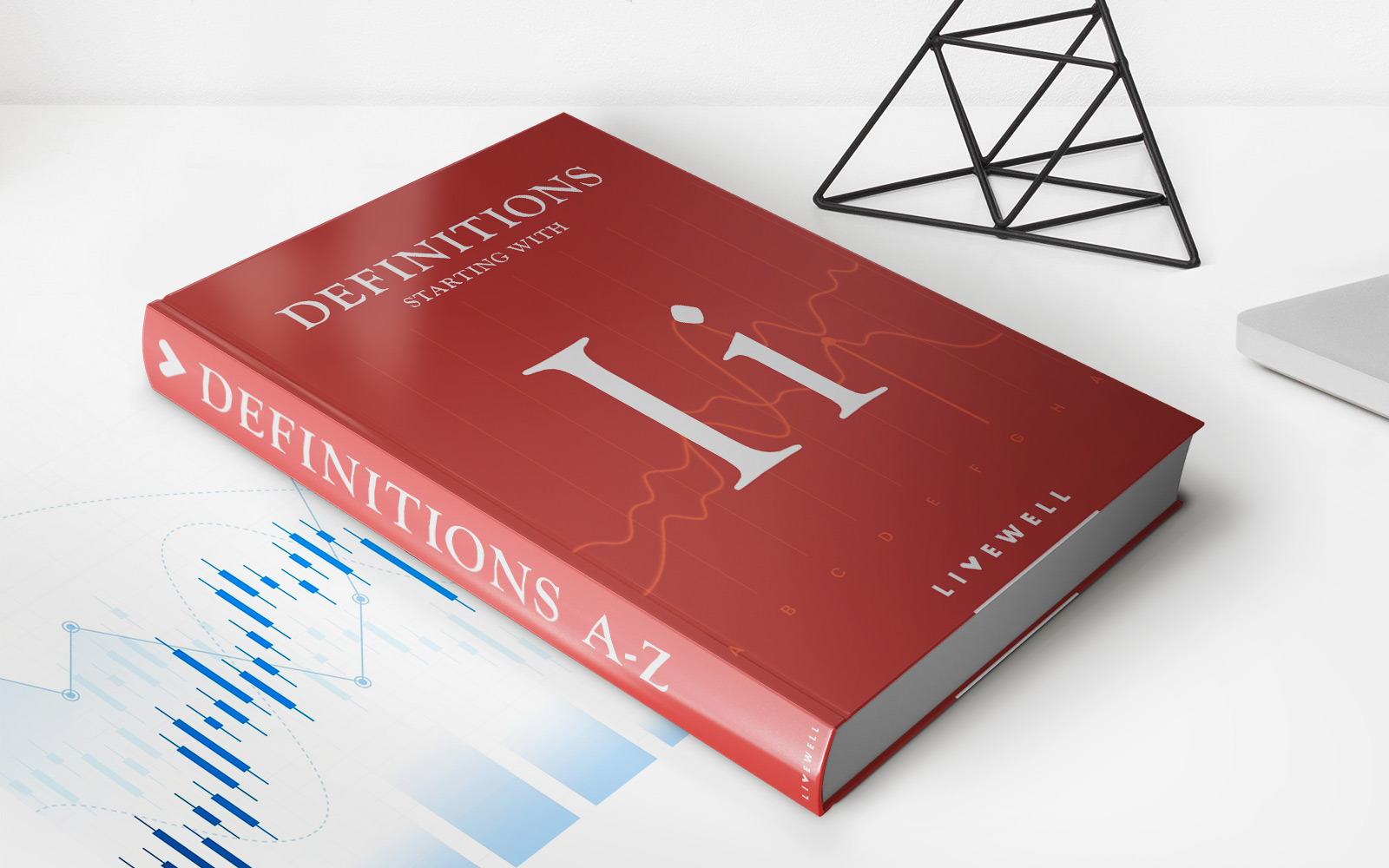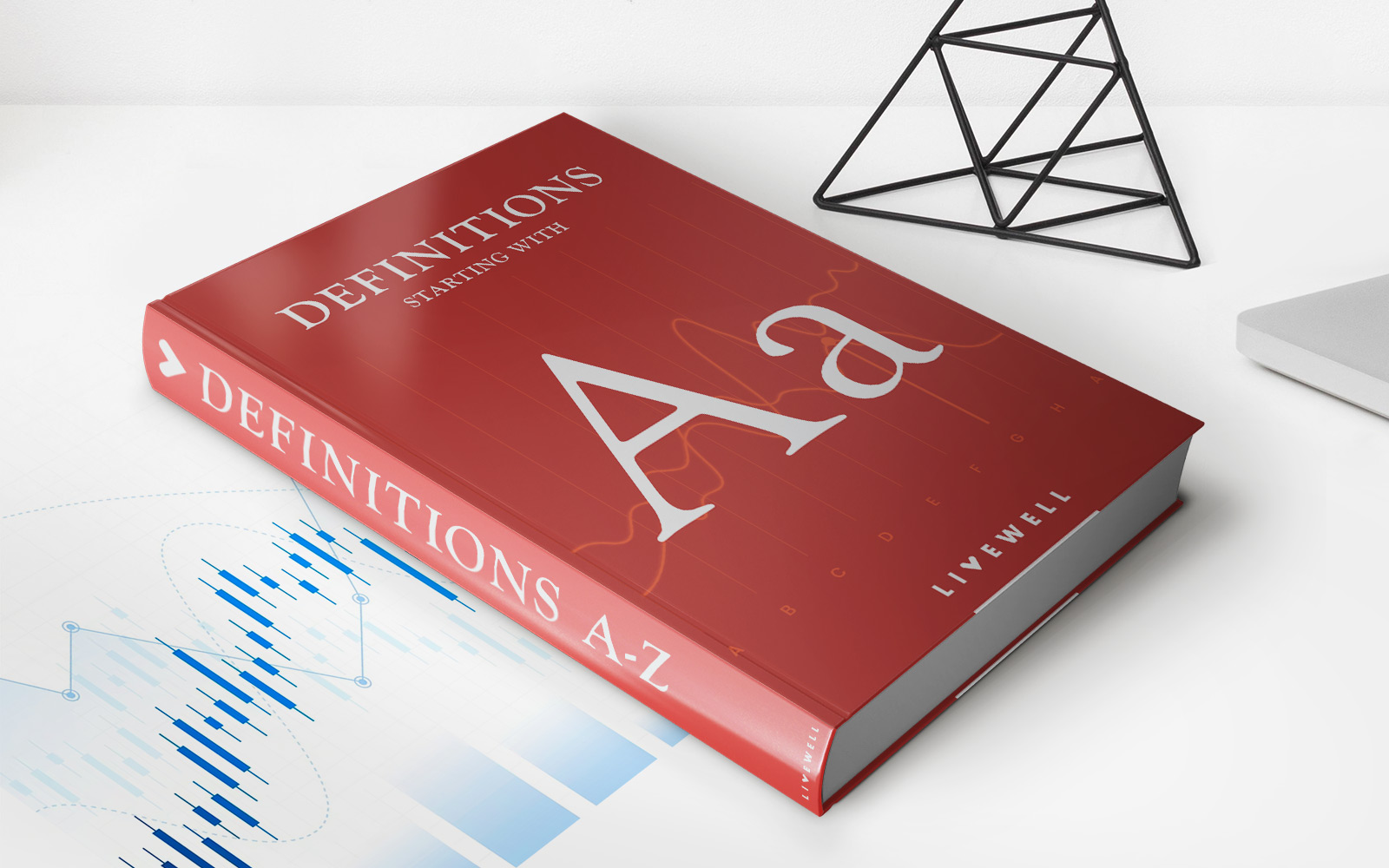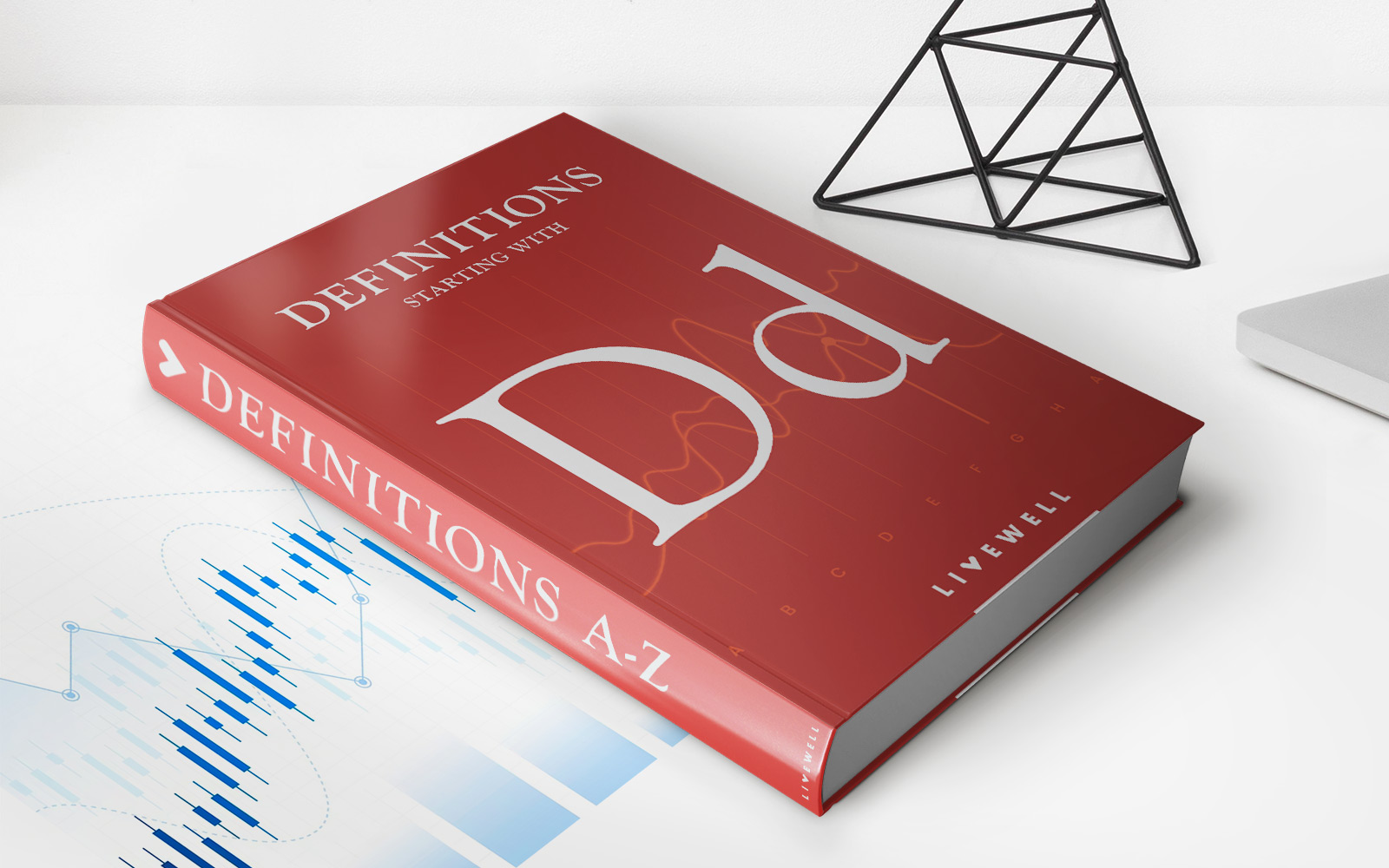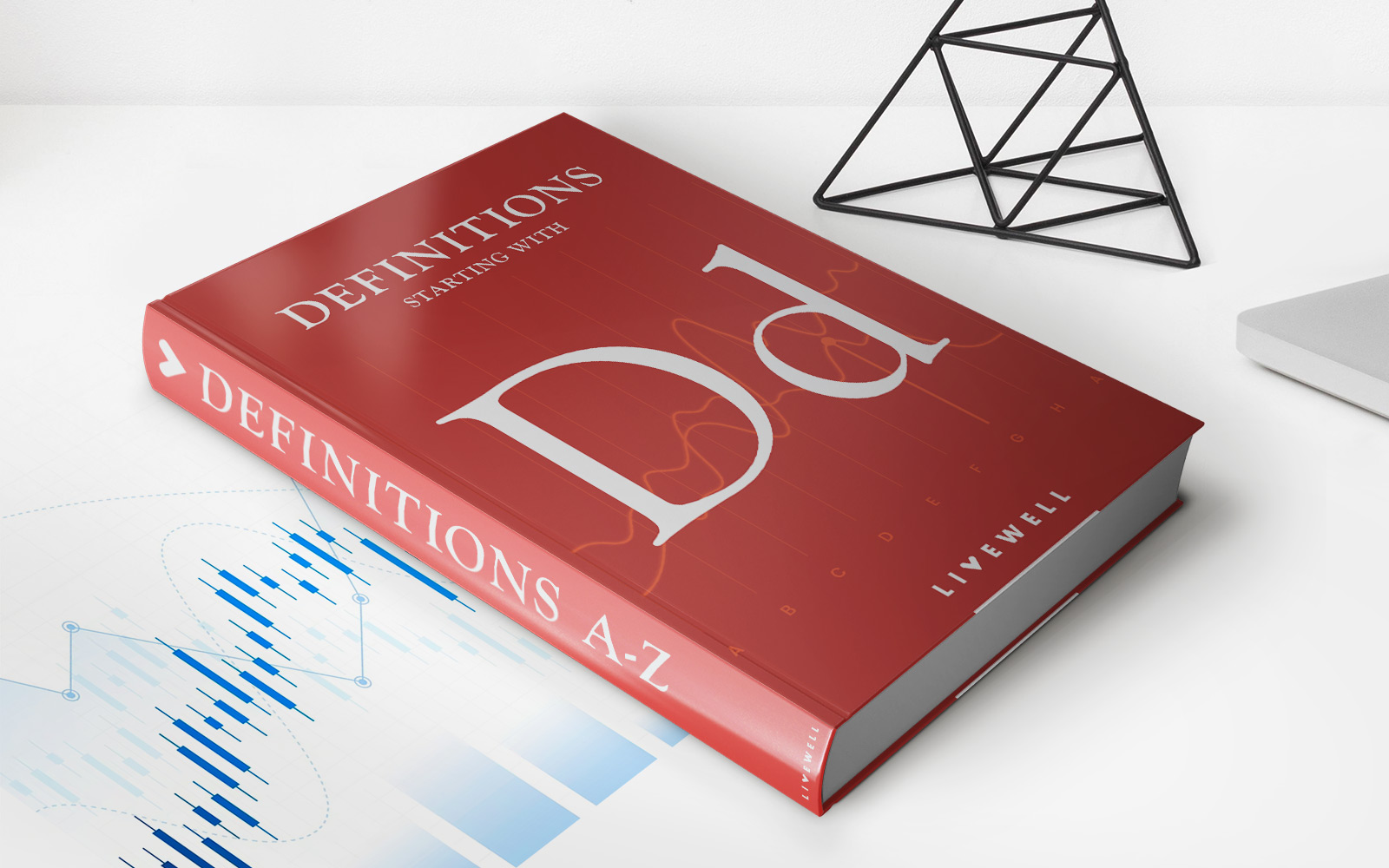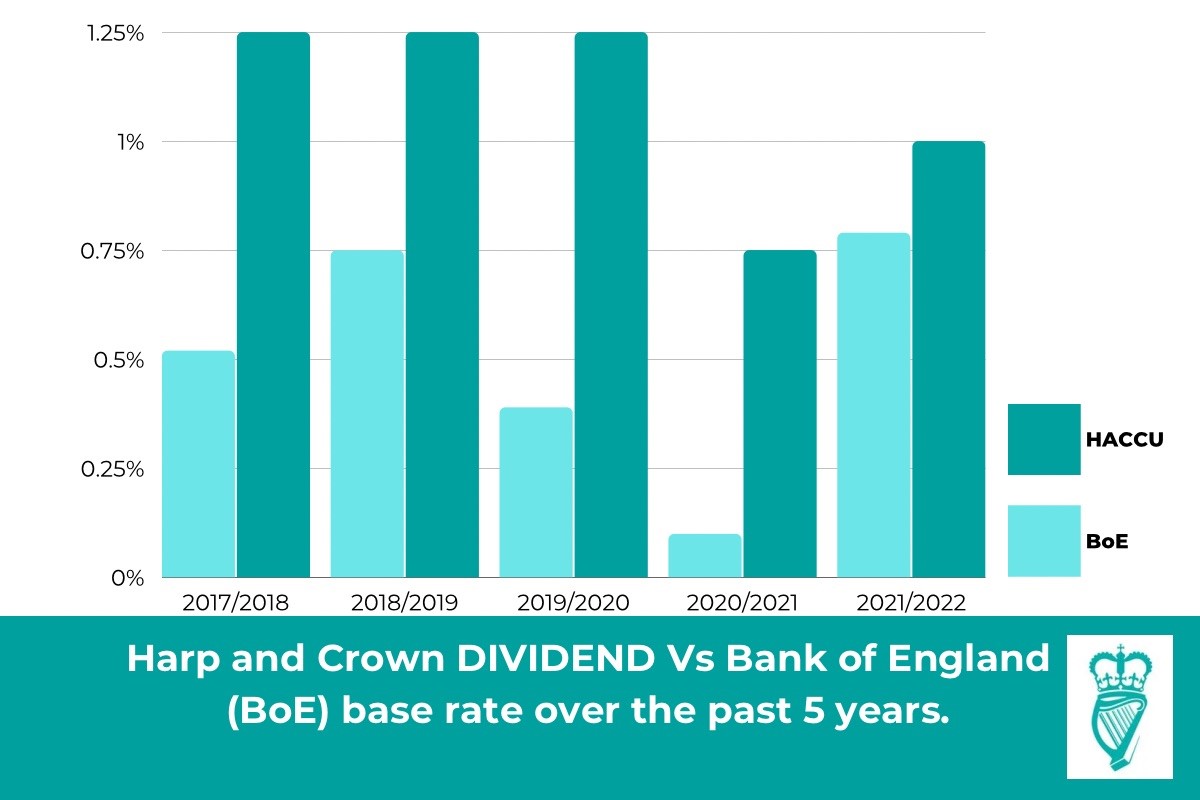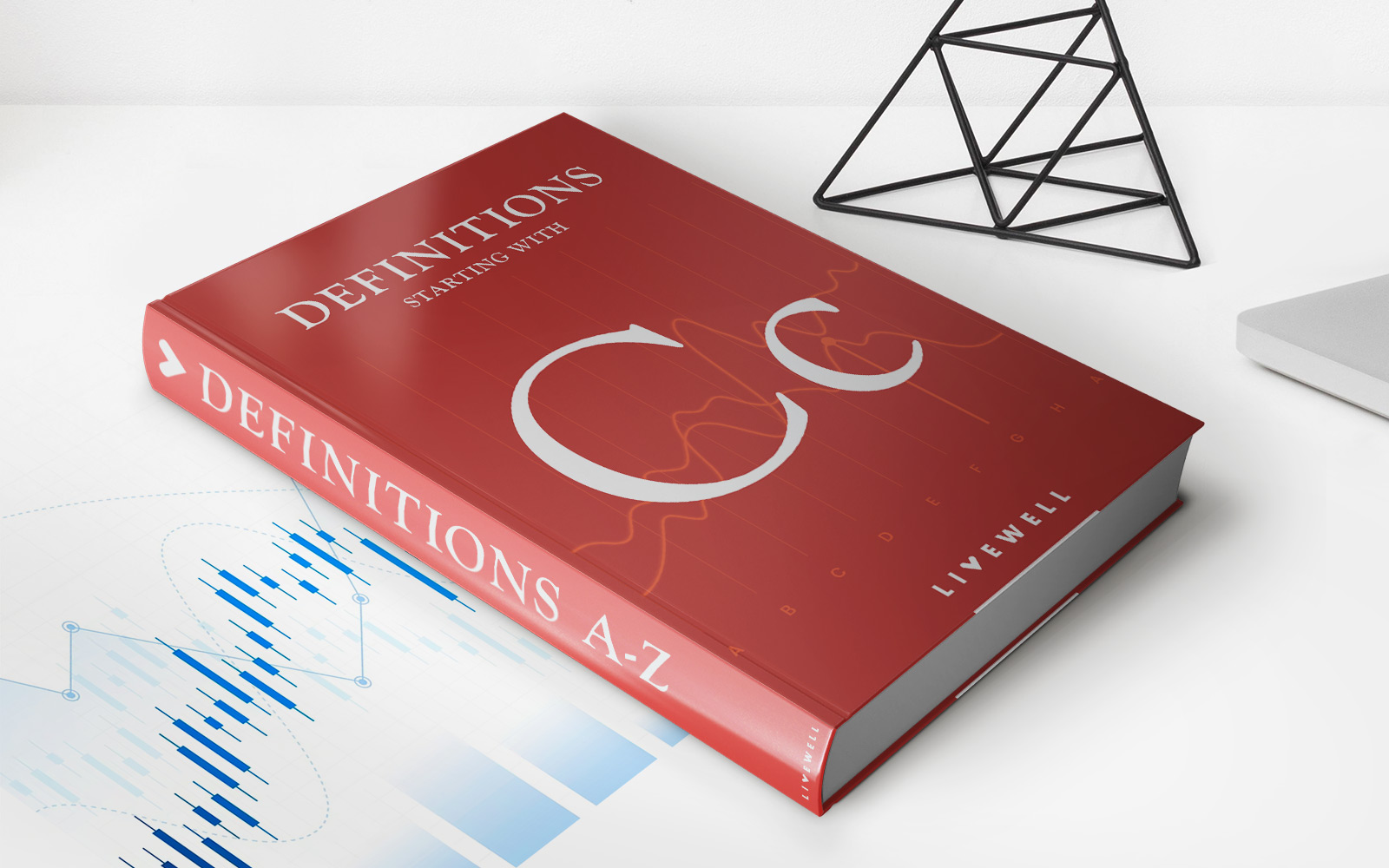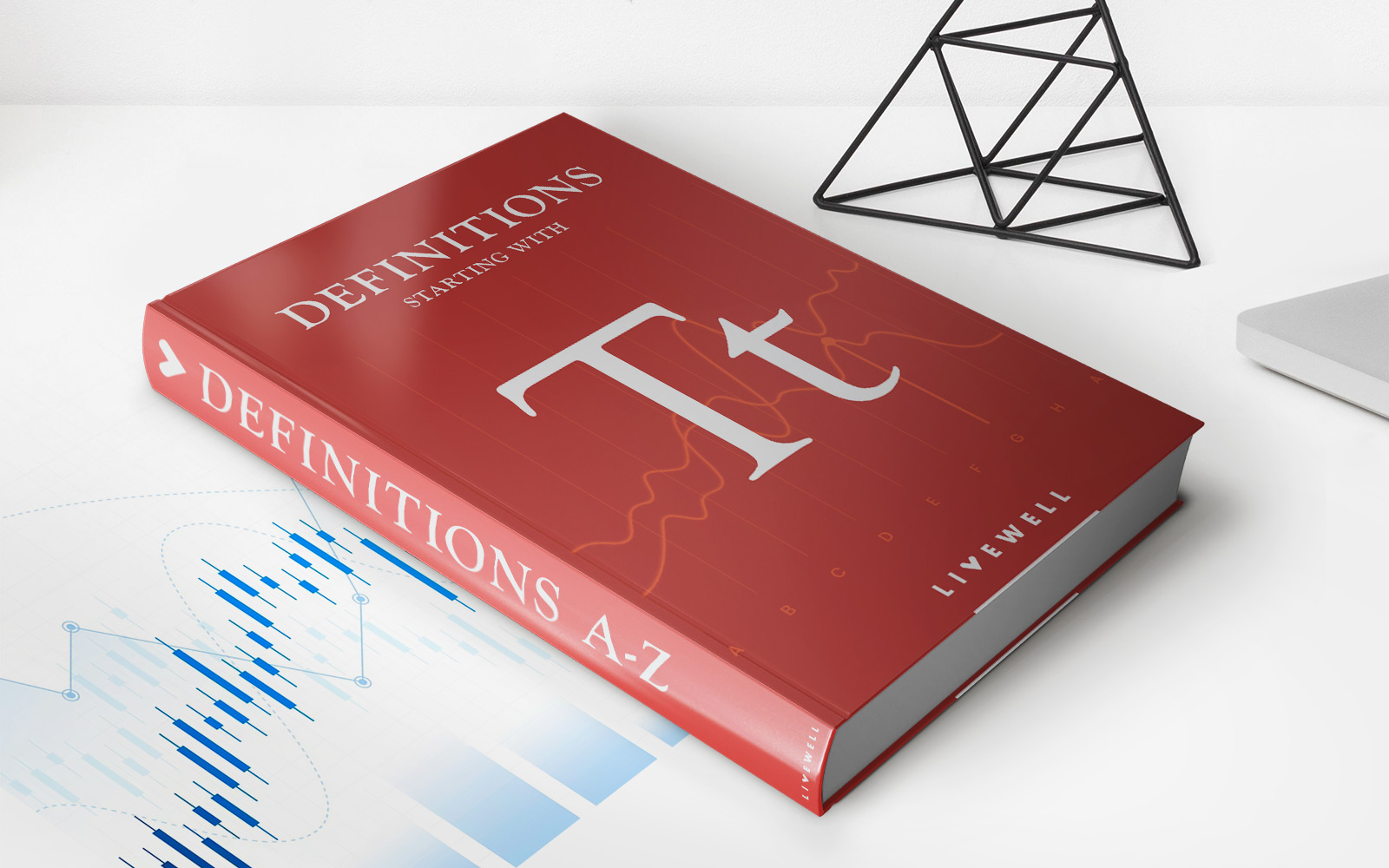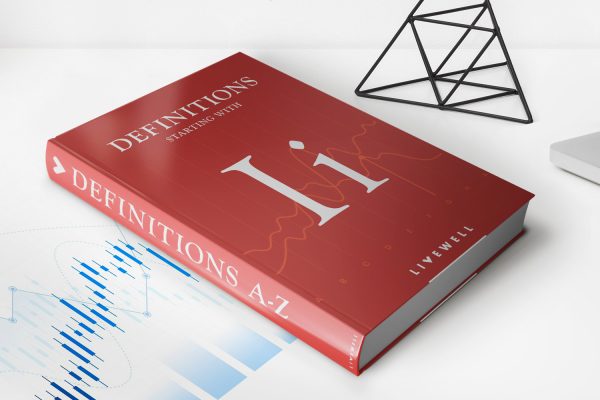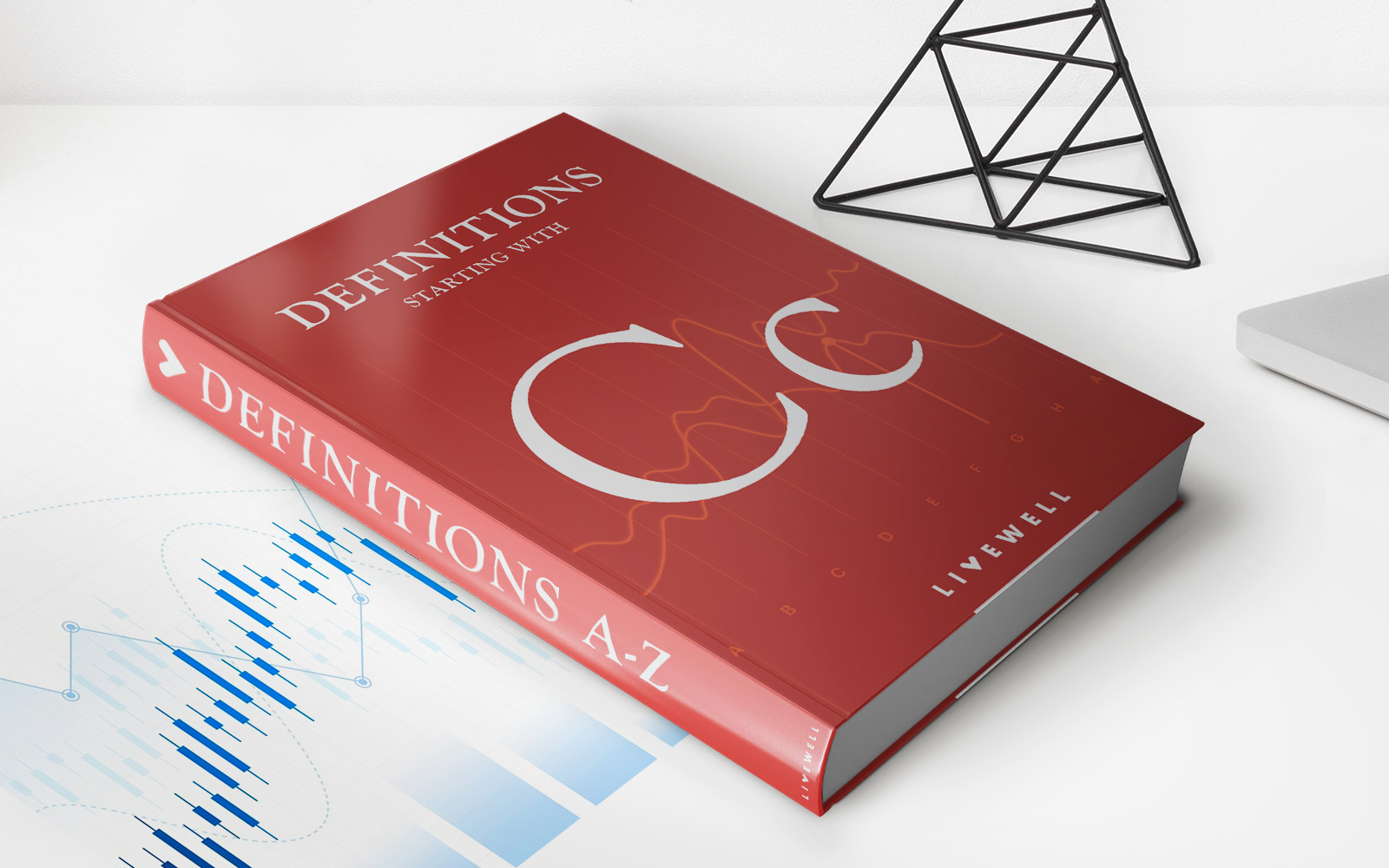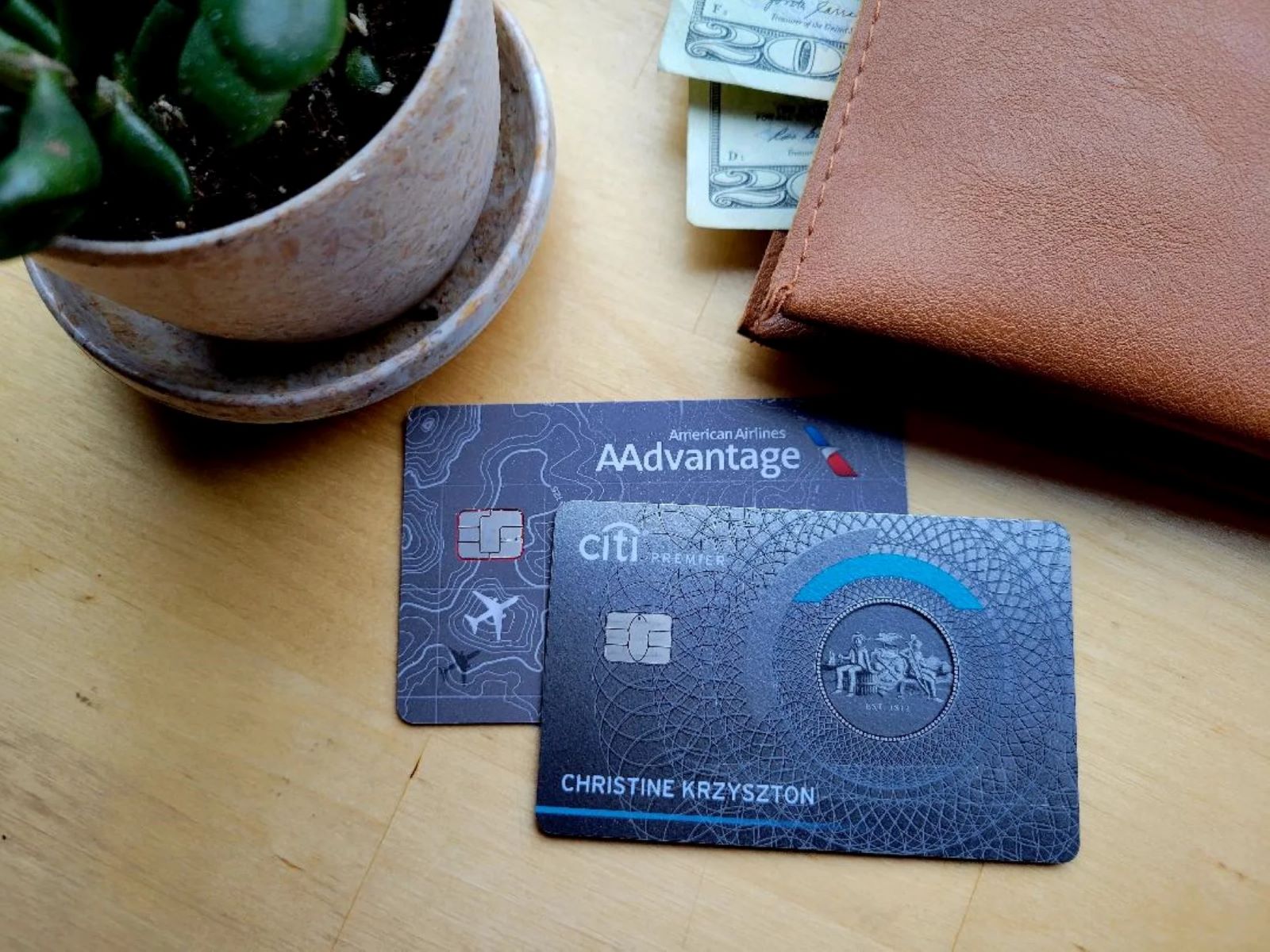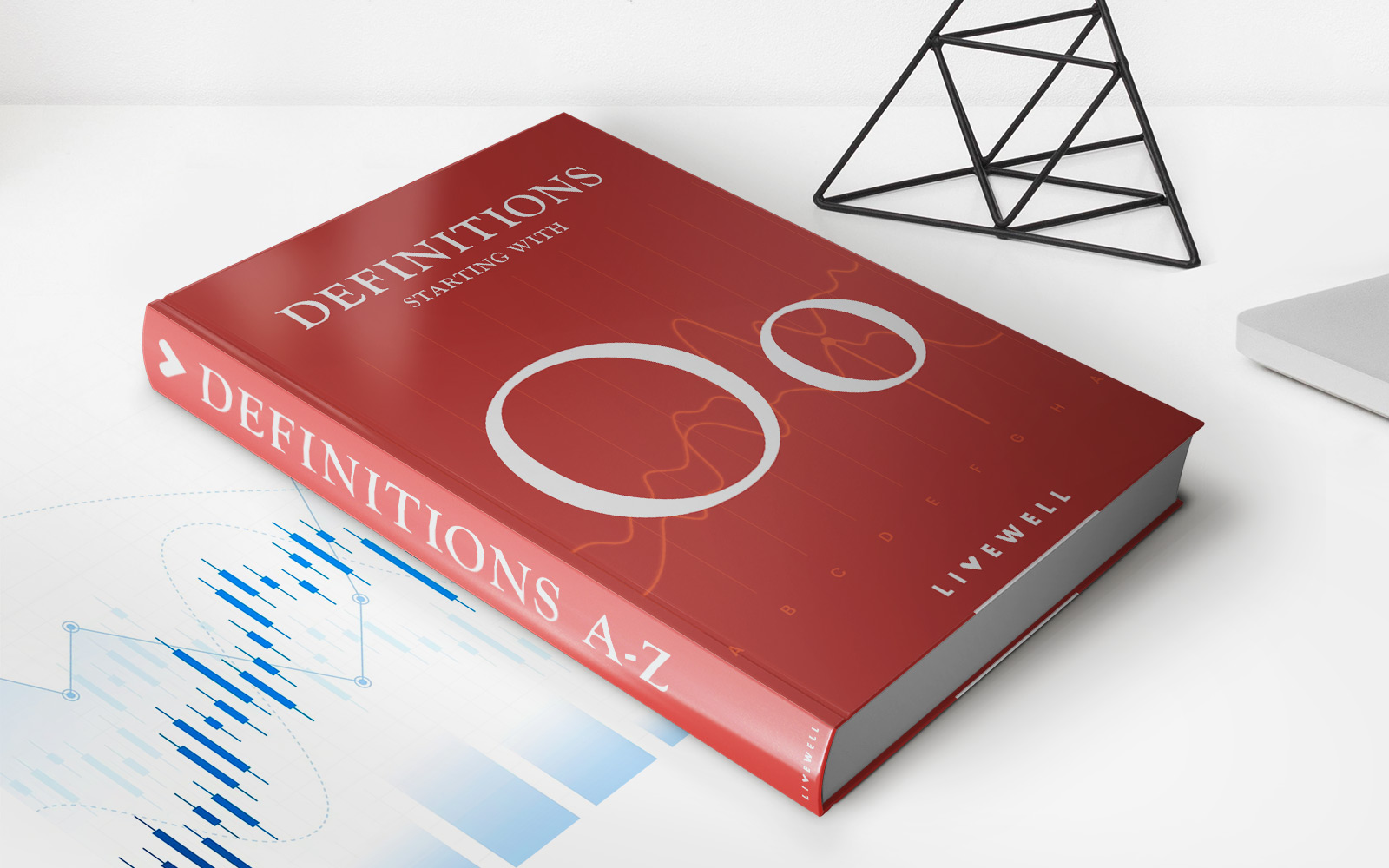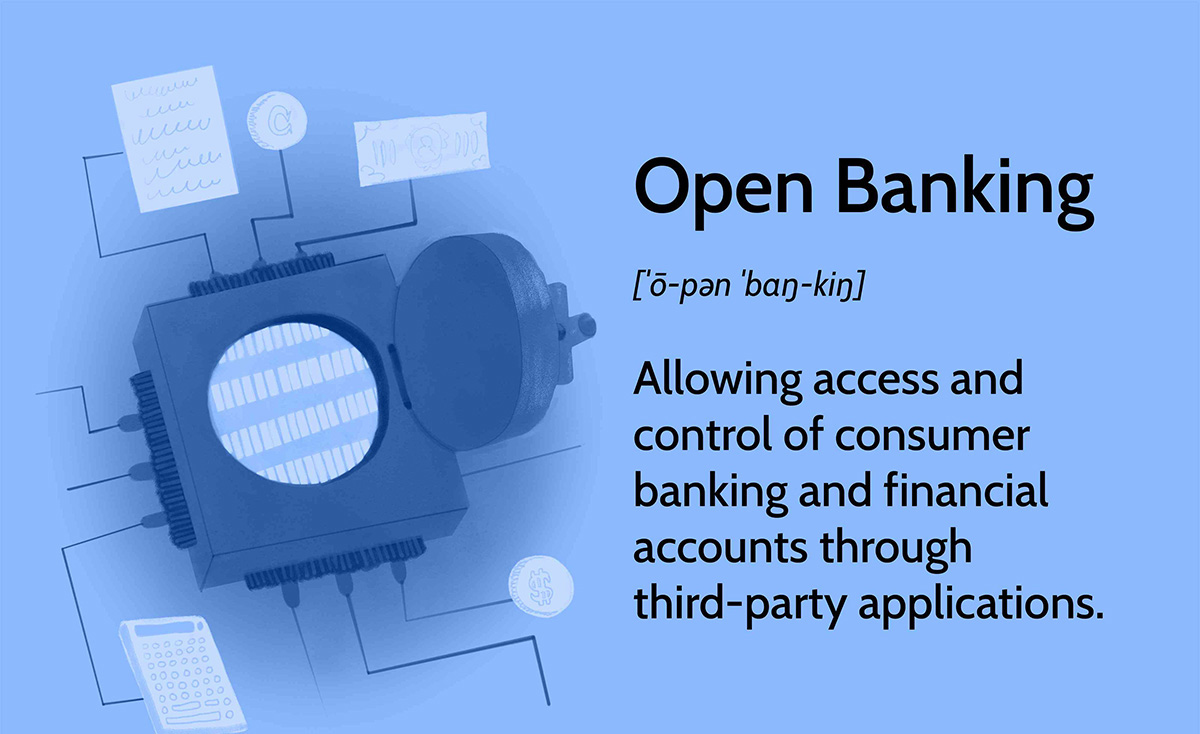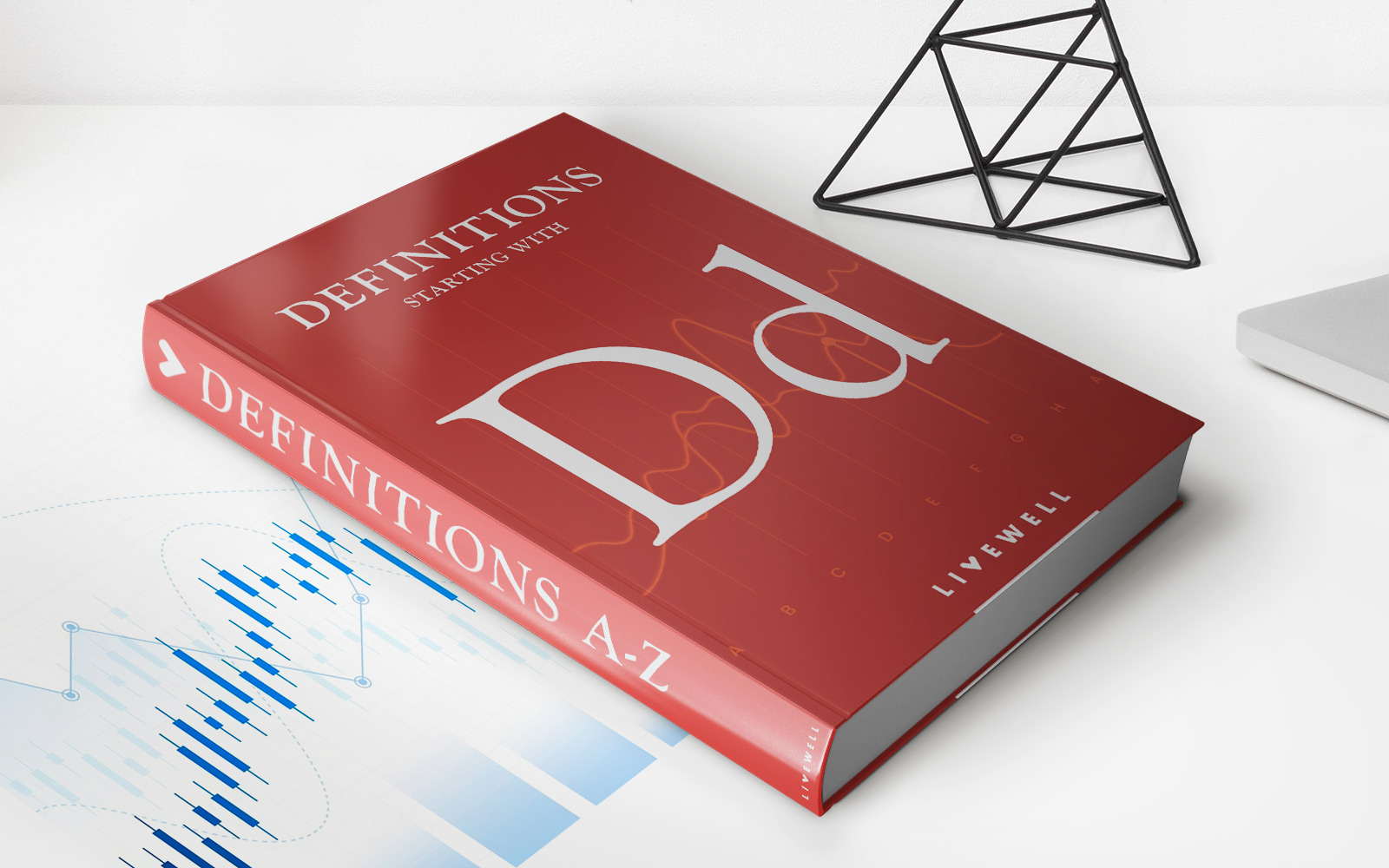

Finance
Dividend Clawback Definition
Published: November 13, 2023
Learn the meaning of dividend clawback in finance and how it affects investors. Gain insights into this crucial concept and its implications.
(Many of the links in this article redirect to a specific reviewed product. Your purchase of these products through affiliate links helps to generate commission for LiveWell, at no extra cost. Learn more)
Understanding Dividend Clawback: A Guide to Protecting Your Investments
Finance is a complex world, filled with jargon and concepts that can be difficult to grasp. One such concept that may be unfamiliar to many investors is the dividend clawback. If you are wondering what a dividend clawback is and how it can impact your investments, you have come to the right place. In this blog post, we will demystify the term and provide you with a comprehensive understanding of dividend clawback and its implications for your financial well-being.
Key Takeaways:
- A dividend clawback occurs when a company retroactively reduces or takes back previously paid dividend payments from its shareholders.
- This can happen when a company experiences financial difficulties or needs to correct errors in its financial statements.
So, what exactly is a dividend clawback? In simple terms, it is a mechanism that allows a company to retroactively reduce or take back dividend payments that have already been distributed to its shareholders. This can happen for various reasons, such as financial difficulties, correcting errors in financial statements, or ensuring compliance with regulatory requirements. When a dividend clawback occurs, shareholders may receive less income than originally anticipated, impacting their investment returns.
Dividend clawbacks can be a source of concern for investors, as they can lead to unexpected changes in cash flows and reduced income. However, it is important to note that dividend clawbacks are typically a last resort for companies facing financial challenges. They are often implemented to preserve the company’s financial health or rectify past accounting errors.
How Does a Dividend Clawback Work?
A dividend clawback is usually initiated by the company’s board of directors, who have the authority to decide when and how to implement a clawback. The decision to claw back dividends is typically made after careful consideration of the company’s financial situation and the impact it may have on shareholders.
When a clawback is implemented, the company will notify its shareholders of the reduction or cancellation of dividend payments. This can be done through official company announcements or disclosures. The amount to be clawed back may vary depending on the circumstances, and shareholders may be required to repay a portion or the entirety of the dividend previously received.
It is worth noting that dividend clawbacks can have legal and regulatory implications as well. Companies must comply with applicable laws and regulations when implementing clawbacks to ensure transparency and fairness. Shareholders also have rights and protections in these situations, and they may have the ability to challenge the clawback under certain circumstances.
Protecting Your Investments from Dividend Clawback
While dividend clawbacks are relatively rare and typically occur in challenging financial situations, it is important for investors to be aware of the potential risks and take steps to protect their investments. Here are a few strategies to consider:
- Thorough Research: Before investing in a company, conduct thorough research to assess its financial health and stability. Look for indicators of potential financial difficulties or past history of dividend clawbacks.
- Diversify Your Portfolio: By diversifying your investments across multiple companies and sectors, you can mitigate the impact of a dividend clawback from a single company.
- Stay Informed: Keep an eye on the financial performance and announcements from the companies you have invested in. Regularly review financial statements and news updates to stay informed about any potential risks.
By following these strategies, you can minimize the impact of a dividend clawback on your investments and make informed decisions to protect your financial well-being.
In Conclusion
Dividend clawbacks may be unfamiliar to many investors, but it is crucial to understand their implications for your investments. While they are infrequent, dividend clawbacks can impact your income and cash flow. By conducting thorough research, diversifying your portfolio, and staying informed, you can protect your investments and make informed financial decisions.
